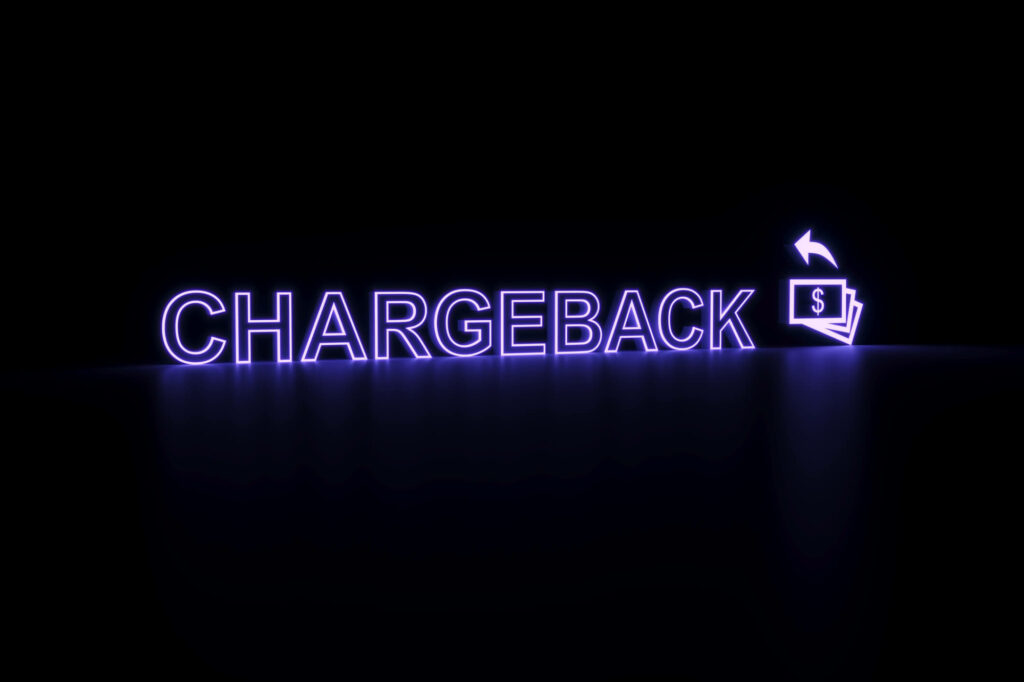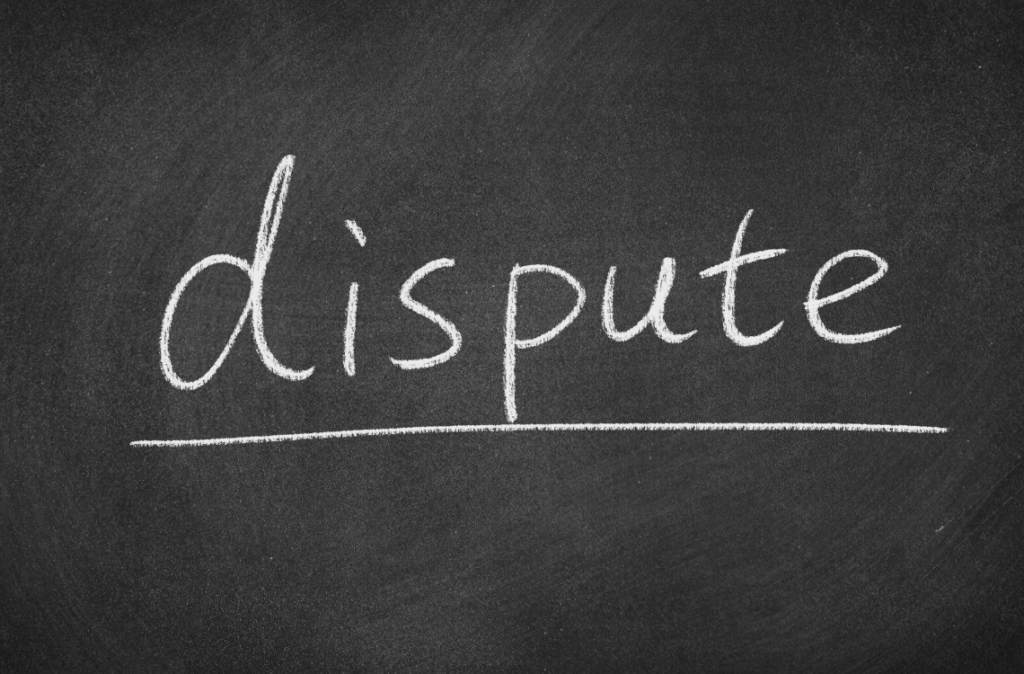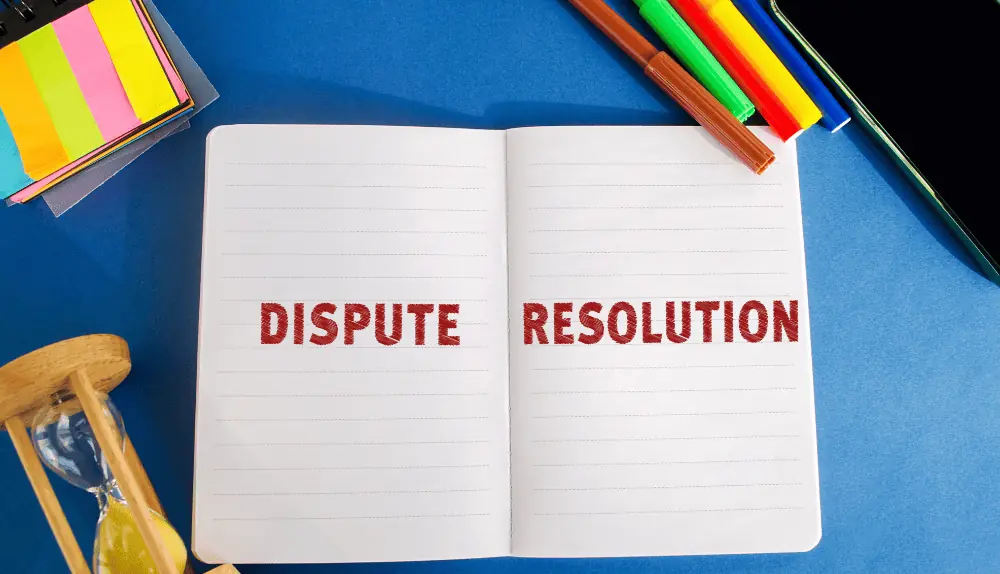Embark on a journey into the intricate world of finance, where credit card transactions can sometimes become a labyrinth. One pathway that often bewilders merchants is the chargeback process. This article will explain how rapid dispute resolution can help you keep a low chargeback rate and other key points you should know.
What is a chargeback?

A chargeback is a transaction reversal meant to serve as a form of consumer protection from fraudulent activity; the bank withdraws money from a merchant’s account and returns it to the customer’s account.
This process usually happens when a customer challenges a charge on their credit or debit card statement. Reasons for a dispute can vary, including unauthorized charges (fraud), dissatisfaction with a purchase (product or service not as described, not received), or errors in the transaction process.
How is the chargeback rate calculated?
The chargeback rate is measured as a proportion of chargebacks relative to all transactions within a given period. It’s typically expressed as a percentage. Here’s the formula to calculate it:
Chargeback Rate = (Total Chargebacks / Total Transactions) * 100%
Suppose a merchant has 10 chargebacks and 1,000 total transactions for a given month. The chargeback rate for that month would stand at 1%.
Each card network (like Visa and Mastercard) may have acceptable chargeback rate thresholds. Exceeding these thresholds may result in penalties or increased scrutiny from the card networks.
Consequences of a high chargeback rate
A high chargeback rate can have several negative consequences for a merchant:
Monetary Losses: Every chargeback involves not just the loss of the sale but also the associated product cost if the goods aren’t returned. The payment processors also levied a chargeback fee that can range widely but is typically quite significant.
Increased Processing Fees: Banks and payment processors may view businesses with high chargeback rates as high-risk. This could result in higher processing fees per transaction, which can significantly impact a business’s bottom line.
Loss of Merchant Account: In extreme cases, if the chargeback rate remains high, a business could lose its merchant account, meaning it could no longer accept credit or debit card transactions.
Damage to Reputation: A high chargeback rate may indicate customer dissatisfaction. This can lead to negative reviews and word-of-mouth, damaging the business’s reputation.
Placement on the MATCH List: The Member Alert to Control High-risk (MATCH) list is a database maintained by MasterCard. It’s a blacklist for high-risk merchants. Once a merchant is added to this list, opening new merchant accounts with acquiring banks becomes significantly more difficult.
Investigation and Fines: If the merchant’s chargeback rate exceeds the thresholds set by the credit card companies, they may be subject to an investigation, additional monitoring, and potentially substantial fines.
Maintaining a low chargeback rate is crucial for a business’s financial health and reputation. Effective customer service, clear communication about what customers can expect from products or services, and strong fraud detection measures can all help keep chargebacks to a minimum.
What is Rapid Dispute Resolution?

Rapid Dispute Resolution (RDR) is a service offered by some payment processors or chargeback management solutions. It enables businesses to quickly and efficiently respond to customer disputes before they become full-fledged chargebacks.
Concept and Objective of Rapid Dispute Resolution (RDR)
Rapid Dispute Resolution (RDR) is a service provided by some payment processors and chargeback management solutions. Its primary objective is to address customer disputes swiftly and efficiently before they escalate into formal chargebacks. RDR aims to reduce the cost, complexity, and potential harm associated with chargebacks for businesses. By offering a platform for direct resolution between the merchant and the customer, RDR can elevate customer satisfaction and potentially enhance customer retention.
How RDR Works
RDR involves leveraging technology and automation to identify and handle disputes promptly. When a dispute arises, the RDR system automatically triggers an evaluation process. Depending on the case’s specifics, it may automatically issue a refund for the disputed amount or provide supplementary information to resolve the dispute, such as proof of delivery in case of a contested transaction.
These actions occur before the card issuing bank or the card network gets involved, potentially saving time and resources for all parties. The speed and efficiency of this resolution process are central to RDR’s effectiveness.
The Role of RDR in the Chargeback Process
RDR plays a proactive role in the chargeback process by intervening at the dispute stage. By resolving disputes early, RDR helps to prevent them from evolving into chargebacks, thus reducing the volume of chargebacks that a merchant has to deal with.
In doing so, RDR can help merchants maintain a lower chargeback rate, which can, in turn, protect the merchant from the negative consequences of a high chargeback rate, such as increased processing fees, potential loss of the ability to accept card payments, damage to reputation, or being placed on high-risk merchant lists.
By providing an opportunity for efficient resolution of disputes, RDR can also enhance the overall customer experience, fostering loyalty and encouraging repeat business.
The Role of RDR in the Chargeback Process
Rapid Dispute Resolution (RDR) is critical in dealing with chargeback rates by addressing disputes swiftly and directly, preventing many of them from escalating into full-fledged chargebacks.
Here’s how RDR functions in dealing with chargeback rates:
Prompt Resolution: RDR provides a platform for immediately resolving customer complaints. This can prevent the escalation of disputes into chargebacks, reducing the overall chargeback count and, consequently, the chargeback rate.
Reduced Investigations: By resolving disputes directly and promptly, RDR can reduce the need for extensive investigations traditionally associated with chargeback procedures. This further helps lower the overall number of chargebacks and maintain a low chargeback rate.
Enhanced Customer Satisfaction: By addressing and resolving disputes quickly, RDR can enhance customer satisfaction, potentially preventing future disputes and chargebacks.
Preventing Additional Costs: By preventing disputes from becoming chargebacks, RDR can save merchants from additional costs related to chargeback fees and potentially increased processing fees.
Maintaining Business Reputation: Lower chargeback rates can help maintain a business’s reputation with payment processors and card networks, reducing the risk of increased scrutiny or loss of payment processing capabilities.
In essence, RDR provides an effective dispute management strategy that can significantly contribute to keeping chargeback rates within acceptable levels, thus safeguarding the merchant’s financial health and customer relationships.
Benefits of Rapid Dispute Resolution
Immediate Resolution
One of the most significant advantages of Rapid Dispute Resolution is its ability to provide an immediate solution to a customer’s complaint. This speed in handling disputes can save both the merchant and the customer significant time, eliminating the need to wait for the dispute to go through traditional, more time-consuming channels.
Reduces the Need for Lengthy Investigations
RDR uses automation and technology to make swift decisions, often negating the need for exhaustive investigations usually associated with traditional chargeback procedures. By reducing the necessity for these investigations, RDR can save resources and make the dispute process more efficient for everyone involved.
Prevents Escalation to a Full Chargeback Dispute
A primary benefit of RDR is its role in preventing disputes from escalating into full-fledged chargebacks. By dealing with customer complaints promptly and directly, merchants can resolve many issues before they turn into formal disputes. This preemption can lead to substantial cost savings and help maintain the merchant’s chargeback rate within acceptable levels.
Improves Merchant-Consumer Relationship
Rapid Dispute Resolution can enhance the merchant-customer relationship by showing customers that their complaints are promptly addressed. This efficient and respectful handling of disputes can enhance customer satisfaction and boost loyalty, resulting in better customer retention and repeat business. It reinforces a positive image of the merchant, emphasizing their commitment to customer service.
How does RDR help maintain a low chargeback rate?
The Correlation Between RDR and Lower Chargeback Rates
Rapid Dispute Resolution (RDR) is an efficient tool in the arsenal against rising chargeback rates. By providing an immediate platform for dispute resolution, RDR eliminates the need for disputes to escalate into chargebacks, thus directly reducing the number of chargebacks a merchant experiences. This proactivity and promptness can be crucial in keeping a merchant’s chargeback rate within acceptable thresholds.
Case Studies and Examples
Numerous businesses have witnessed the magic of RDR. For instance, an online retailer suffering from a high chargeback rate implemented RDR and saw a drop of 30% in chargebacks within a few months.
A software company that used RDR to tackle the issue of digital product disputes. They saw a significant decline in chargebacks, contributing to a healthy bottom line and improved customer satisfaction.
Practical Steps to Implement RDR Effectively
- Choose the Right Service Provider: Ensure your payment processor or chargeback management solution offers a robust and effective RDR service.
- Integrate RDR into Your Operations: Once you have the right provider, integrate their RDR system into your e-commerce platform or payment processing system.
- Train Your Staff: Ensure your team understands the RDR process, its benefits, and how to handle customer disputes under this system. This training will help your team to utilize RDR effectively.
- Monitor and Adjust: Continually monitor your dispute and chargeback rates to assess the effectiveness of your RDR strategy. Be open to adjustments and improvements to refine the process further.
- Focus on Customer Service: Remember, the objective of RDR is to decrease chargebacks while enhancing customer satisfaction. Treat each dispute as an opportunity to impress the customer with your prompt and fair handling of their issue.
Implementing RDR can be a powerful strategy to keep chargeback rates low while maintaining solid customer relationships.
Additional Techniques to Complement RDR and Maintain a Low Chargeback Rate
Using Detailed Product Descriptions and Clear Refund Policies
To prevent disputes and chargebacks, providing accurate and detailed descriptions of your products or services is crucial. This practice ensures that customers have realistic expectations about what they’re purchasing, thus reducing possible dissatisfaction and subsequent disputes.
In addition, having clear, easy-to-find, and understandable refund and return policies can also prevent misunderstandings that might lead to disputes. Customers who are aware of their purchase terms are less likely to file a chargeback if something doesn’t go as planned.
Offering Exceptional Customer Service
Investing in customer service can go a long way in reducing disputes and chargebacks. Make sure customers can contact you directly to resolve any issues. A customer who quickly contacts you to sort out a problem is less likely to dispute a charge. Quick, responsive, and respectful customer service can turn negative situations into positive customer experiences.
Regularly Reviewing Transactions for Fraudulent Activity
Regularly monitoring transactions for signs of fraudulent activity can help stop chargebacks before they occur. Look out for unusual purchasing patterns, attempts to use multiple cards from the same IP address, and purchases from locations where you don’t typically do business. Fraud detection tools provided by payment processors can also assist in identifying and preventing fraudulent transactions. By catching these potential issues early, you can prevent the transaction, stop the goods or services from being delivered, and avoid the potential chargeback.
By combining these strategies with Rapid Dispute Resolution, businesses can more effectively manage their chargeback rates, maintain customer satisfaction, and protect their bottom line.
The Role of RDR in Dealing Chargeback Rates
Rapid Dispute Resolution (RDR) is critical in dealing with chargeback rates by addressing disputes swiftly and directly, preventing many of them from escalating into full-fledged chargebacks.
Here’s how RDR functions in dealing with chargeback rates:
Prompt Resolution: RDR provides a platform for immediately resolving customer complaints. This can prevent the escalation of disputes into chargebacks, reducing the overall chargeback count and, consequently, the chargeback rate.
Reduced Investigations: By resolving disputes directly and promptly, RDR can reduce the need for extensive investigations traditionally associated with chargeback procedures. This further helps lower the overall number of chargebacks and maintain a low chargeback rate.
Enhanced Customer Satisfaction: By addressing and resolving disputes quickly, RDR can boost customer satisfaction, potentially preventing future disputes and chargebacks.
Preventing Additional Costs: By preventing disputes from becoming chargebacks, RDR can save merchants from additional costs related to chargeback fees and potentially increased processing fees.
Maintaining Business Reputation: Lower chargeback rates can help maintain a business’s reputation with payment processors and card networks, reducing the risk of increased scrutiny or loss of payment processing capabilities.
RDR provides an effective dispute management strategy that can significantly contribute to keeping chargeback rates within acceptable levels, thus safeguarding the merchant’s financial health and customer relationships.
Importance of Dispute Resolution Strategies in E-commerce
The importance of effective dispute-resolution strategies in e-commerce cannot be overstated. As e-commerce continues to grow, so does the potential for customer disputes. These can arise from various issues, from misunderstanding product descriptions to delivery problems and outright fraud. Here’s why having an effective dispute-resolution strategy is crucial:
Customer Satisfaction: A well-managed dispute resolution process can turn a potentially harmful customer experience into a positive one. Resolving disputes quickly shows your customers that you value their business and are committed to their satisfaction.
Retention of Customers: Effective dispute resolution can also help retain customers who might otherwise take their business elsewhere. When customers see that their complaints are taken seriously and resolved promptly, they are likely to continue doing business with you.
Reduction in Chargebacks: A significant benefit of effective dispute resolution is reducing chargebacks. Addressing and resolving issues before they escalate can prevent many disputes from becoming chargebacks. This saves you money in fees and lost sales and helps you maintain a low chargeback rate.
Protecting the Business’s Reputation: Unresolved disputes can damage a business’s reputation. By effectively resolving disputes, you can prevent negative reviews and word-of-mouth that could harm your brand image.
Maintaining Good Standing with Payment Processors: Elevated chargeback rates can lead to increased scrutiny from payment processors, higher processing fees, or even loss of the ability to accept credit card payments. Successful dispute management allows you to sustain a low chargeback rate, preserving positive ties with your payment processing partners.
In the complex e-commerce landscape, robust dispute resolution strategies, including Rapid Dispute Resolution, are vital to maintaining customer satisfaction, protecting your brand, and ensuring financial stability.
Bottom Line
Rapid Dispute Resolution, emphasizing quick, direct communication and customer satisfaction, is a strong too to help mitigate your risk. When complemented with additional techniques like providing clear product descriptions, exemplary customer service, and vigilant transaction review, RDR can help weave a safety net that protects your business from the fall into excessive chargebacks.

